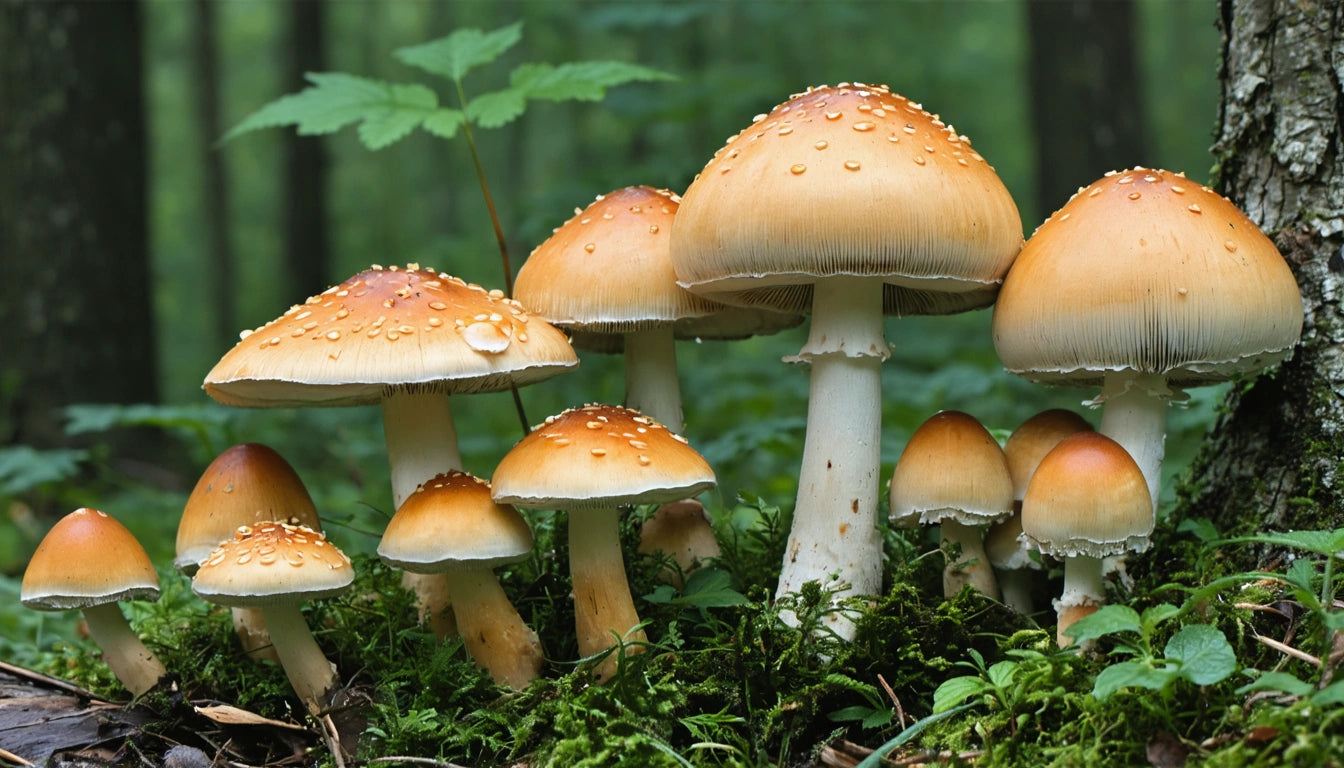Table of Contents
Understanding Vape Carts: Composition, Flavors, and Common Questions
Vape carts, short for vape cartridges, have become increasingly popular in the cannabis industry. Whether you're new to cannabis consumption or looking to expand your knowledge, understanding what carts are, what they're made of, and how they function is essential for informed use. This comprehensive guide addresses common questions about vape carts and provides insights into their composition, flavors, and safety considerations.
What Are Carts: Basic Composition and Structure
Vape carts are pre-filled cartridges containing cannabis oil that attach to a battery-powered vaporizer device. These compact units typically consist of a mouthpiece, chamber containing the oil, and a heating element. When activated, the heating element vaporizes the oil, allowing users to inhale the resulting vapor.
According to industry experts, the term "carts" in cannabis slang specifically refers to these pre-filled cartridges, which have gained popularity due to their convenience, discretion, and controlled dosing capabilities.
What Are Carts Made Of: Ingredients and Materials
The composition of vape carts includes both hardware components and the cannabis concentrate inside. The hardware typically consists of:
- A glass or plastic chamber to hold the oil
- A metal or ceramic heating element (atomizer)
- Silicone O-rings to prevent leakage
- A mouthpiece, usually made of plastic or metal
The cannabis oil inside carts generally contains:
- Cannabis distillate or extract (containing cannabinoids like THC and/or CBD)
- Terpenes (natural or added for flavor)
- Sometimes cutting agents like propylene glycol, vegetable glycerin, or MCT oil (though these are becoming less common in high-quality products)
When examining what carts are made of, it's important to note that quality varies significantly across manufacturers. Premium carts often use medical-grade materials and contain pure cannabis extracts without harmful additives.
Do Carts Have Flavors: Terpenes and Flavor Profiles
Yes, carts do have flavors, which primarily come from terpenes. Terpenes are aromatic compounds naturally occurring in cannabis and other plants that provide distinctive flavors and aromas. In the context of vape carts, flavors can be derived from:
- Cannabis-derived terpenes (CDT) - extracted directly from cannabis plants
- Botanically-derived terpenes - sourced from other plants
- Artificial flavoring (though less common in premium products)
CDT carts (cannabis-derived terpene cartridges) are particularly valued for providing a more authentic cannabis experience, preserving the unique flavor profile of specific strains. As comprehensive guides explain, the flavor experience can range from earthy and herbal to fruity and sweet, depending on the terpene profile.
Common Questions About Vape Carts
Why Do Carts Turn White When Hardened?
When cannabis oil in carts crystallizes or "turns white," this is typically due to cannabinoid separation or crystallization. This natural process occurs when THC or CBD molecules align and form solid structures, especially when exposed to temperature fluctuations. While not harmful, crystallization may affect the cart's functionality and require gentle warming to restore normal consistency.
Do Carts Have Calories or Nicotine?
Cannabis vape carts typically do not contain significant calories, as they're not consumed as food. Regarding nicotine, standard cannabis carts do not contain nicotine unless specifically formulated as hybrid products. It's important to distinguish between cannabis vape carts and nicotine vape products, which are entirely different categories.
What Do Carts Look Like?
Cannabis vape carts typically have a cylindrical glass or plastic chamber filled with amber to golden oil, attached to a base that connects to a battery. They range from 0.5g to 1g in size, with various mouthpiece designs. Top shelf carts often feature premium materials, distinctive branding, and clearer, more consistent oil.
When Did Carts Come Out?
Vape carts emerged in the cannabis market around 2010-2012, with significant popularity growth following state-level legalization. The technology has evolved substantially since then, with improvements in hardware, oil extraction, and safety features.
Quality and Safety Considerations for Vape Carts
When evaluating vape carts, quality and safety should be primary concerns. Safety guidelines recommend purchasing only from licensed dispensaries to avoid counterfeit products that may contain harmful additives.
Another critical safety aspect is proper packaging. The cannabis industry has adopted stringent safety standards for packaging to prevent accidental consumption by children. These protective measures include child-resistant features that make it difficult for young children to access the contents while remaining accessible for adults.
Quality indicators for vape carts include:
- Lab testing results for potency and contaminants
- Hardware materials (ceramic or glass is preferred over plastic)
- Oil clarity and viscosity
- Reputation of the manufacturer
Future Insights: Evolution of Vape Cart Technology
The vape cart industry continues to evolve with innovations focused on safety, efficacy, and user experience. Emerging trends include:
- Solventless extraction methods for purer concentrates
- Advanced temperature control for optimal terpene preservation
- Biodegradable and recyclable components addressing environmental concerns
- Enhanced child-resistant packaging that meets regulatory requirements while improving user experience
- Integration with smart technology for dosage control and personalization
As regulations mature and consumer education improves, the market is likely to shift toward higher-quality products with greater transparency about ingredients and manufacturing processes. Consumers increasingly demand products that not only deliver consistent effects but also prioritize health and safety.
Understanding what carts are, their composition, and how to evaluate their quality empowers consumers to make informed choices in an increasingly complex market. Whether you're concerned about what is in carts or curious about their flavors and effects, starting with education is the key to a positive experience.











Leave a comment
All comments are moderated before being published.
This site is protected by hCaptcha and the hCaptcha Privacy Policy and Terms of Service apply.